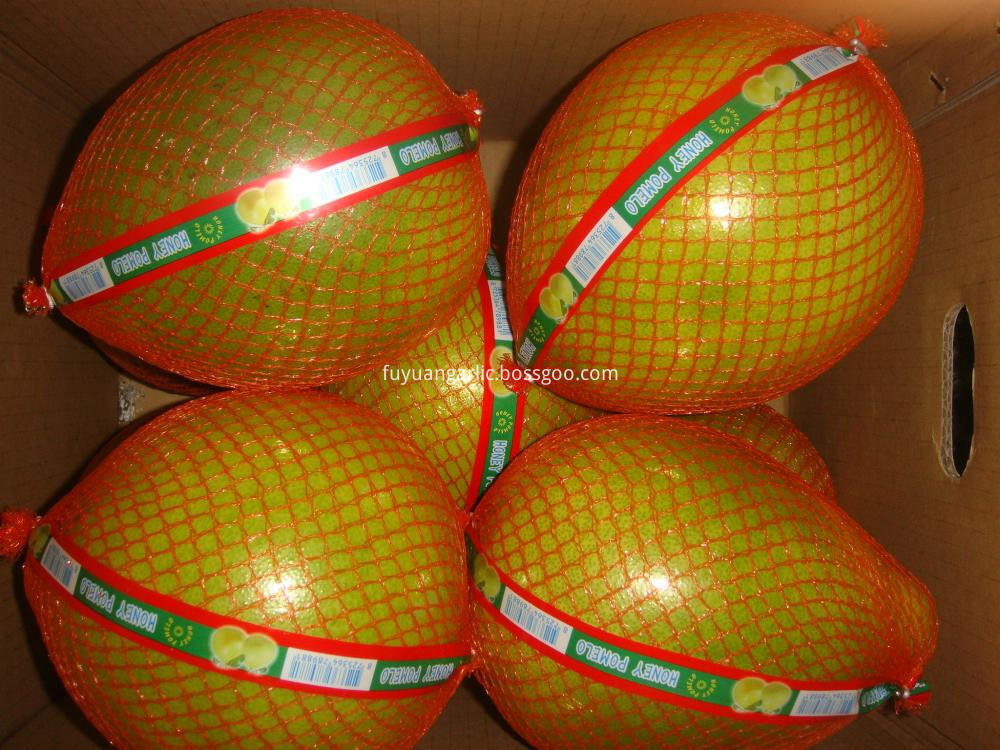The scientific name Apamea sordens (Hufnagel) is a Lepidoptera, Noctuidae. Alias ​​wheatworm. Distributed in Inner Mongolia, Gansu, Qinghai and other provinces.
Hosts wheat, barley, barley, ice grass, Ma Lin grass and so on.
The newly hatched larvae feed on the spike's flower organ and ovary firstly, and individually take on the young surface of the inner surface of the glume shell. After the food is consumed, they are transferred and harmed. After 2-3 years of age, they take in latently in the grains, and the 4th instar larvae are transferred to the flag leaf. Sprinkle silky edges into a tube and look for wheat ears after sunset.
Morphological characteristics Adult body length 16mm, wingspan about 42mm, the whole taupe. The fore wings have obvious black base sword pattern. Below the midrib, they are Yan Fei-shaped, ring pattern, kidney pattern silver gray, black side; baseline light gray double line, subbaseline, end line light gray double line, jagged; sub-line wavy Light gray; the outer edge of the fore-wing has 7 black spots, and the edge is densely hairy; the hind wings are light yellow-brown. Oval spherical, diameter 0.61-0.68mm, egg surface pattern. The instar larvae have a body length of about 33 mm, a light brownish yellow “eight†pattern on the head, and a light brown reticular pattern on the cranial area. The chest shield and back line on the gluteal plate and the sub-line of the hip were divided into four light brown strips. The worms were gray-yellow, gray-brown on the back, and white on the ventral surface. The length is 18-21.5mm, brown or brown.
Life habits 1 generation per year, wintering with mature larvae in the field or under the surface of the mantle and under the sedges. In April of the following year, overwintering larvae emerged. In the end of April and the middle of April and May, the larvae were larvae and pupas. The prepupae period was 6-11 days and the flood season was 44-55 days. From June to July, the adult ecloses emerged. From mid-June to early July, the birds emerged into the eutrophic period. They were hidden under the wheat or grass during the day and flew out of activity during the day to feed on wheat pollen or oil. 5-6 days after mating, spawning on the inside of the first spikelet of wheat or on the ovary, generally into pieces, ranging from several grains to 38 grains per female, and the fecundity of the female moth can reach 740 eggs, and the egg period is about 13 days. , larvae molting 6 times, a total of 7 instars, duration of 8 and 9 months. The larvae were infested for 66 days and 5 days. The newly hatched larvae first took the flower organs and ovary of the panicle, and then transferred after eating. The old mature larvae had the habit of eating the next day. The 6th and 7th instar larvae grew up, and they grew from the wheat leaves during the day. On the transfer to the weeds, the silk-blown conjugate leaves are concealed, while others lurk in the topsoil or earth seams. In mid-September, the larvae begin to overwinter in the stubble soil of the wheat stubble.
Prevention methods (1) Use adult phototaxis, install black light traps and kill adult insects from early June to late July. (2) Timely spraying of 80% dichlorvos EC 1000-1500 times solution or 90% crystal dipterex 900-1000 times solution before 4th instar. (3) During the daytime after 4th age lurking, the above insecticide should be sprayed after sunset. (4) When harvesting, pay attention to killing the larvae under the barley to reduce the number of overwintering populations. (5) Set traps. The emergence of this insect adult eclosion was dominated by the rapeseed nectar before its mating, and its peak appearance coincided with the local large-scale oilseed blooming period, and it prefers spawning at the earliest mature crops such as qingke and wheat, and mixing in the same wheat field. The Qingge and early maturing wheat produced the most eggs and suffered the most. According to this habit, cultivating trees and early-maturing wheat according to the specifications around the field and in the middle of a wheat field can induce insects to lay eggs. At the same time, because the Spodoptera exigua larvae have damage in the husks before the third instar, and the larvae transfer their feeding habits after the fourth instar, the traps should be removed or sprayed before the larvae are transferred after spawning. , will greatly reduce the insect source, to protect the field of wheat is not harmed.
August is the early harvest season of Honey Pomelo . The new crop can be exported in August to October. Our company can supplying the pomelo in August to next February. Due to the year-round average temperature is around 15 to 23 ℃ in Fujian province. Therefore, to preserve pomelo can without cold-storage,and save cost at same time. The production capacity of our factory make sure we can delivery the cargo within 10days after the deposit arrival our bank.We have flexible payment terms to meet different clients' requirement.We ensure to supply the premium quality products at the very competitive prices. Both old and new clients will get the best service from us.Except Fresh Pomelo , we also supplied Fresh Ginger , Air Dried Ginger, Fresh Garlic , Fresh Onion , Peeled Onion , Fresh Chestnut , Sweet Corn , Fresh Taro , Fresh Potato , Fresh Baby Mandarin, Fresh Red Grape, Fresh Ya Pear Chaotian Chili , Paprika Powder , Fresh Apple and so on.
Type: Honey pomelo
Style: Fresh
Size: 12cm-16cm
Grade: Class A
Package: Plastic film+mesh net+carton
Place of origin: Fujian
Taste: Sweet
Color: Light yellow
Fresh season: August to October
Supplying time: August to February next year
Payment term: LC/TT,flexible payment term
Crop: 2018

If you need about it,please feel free to contact me,which is contact information as below.

Fresh Pomelo 10Pcs,Fresh Honey Pomelos,Big Pomelo,Pomelo Fruit
Jining Fuyuan Fruits And Vegetables Co., Ltd. , https://www.fuyuanfv.com